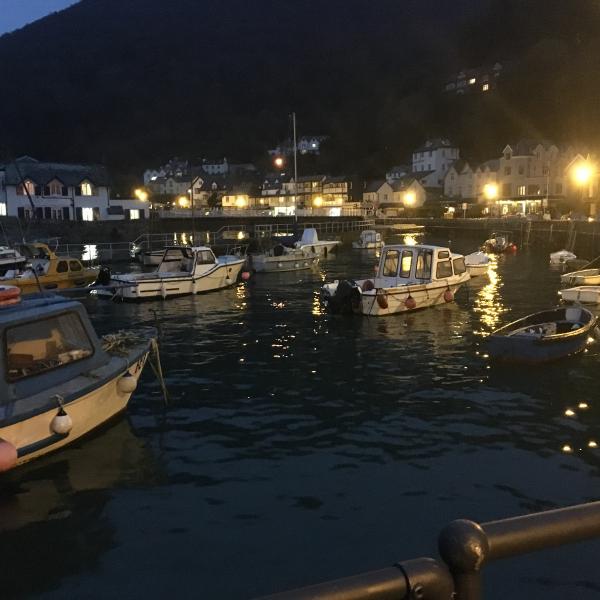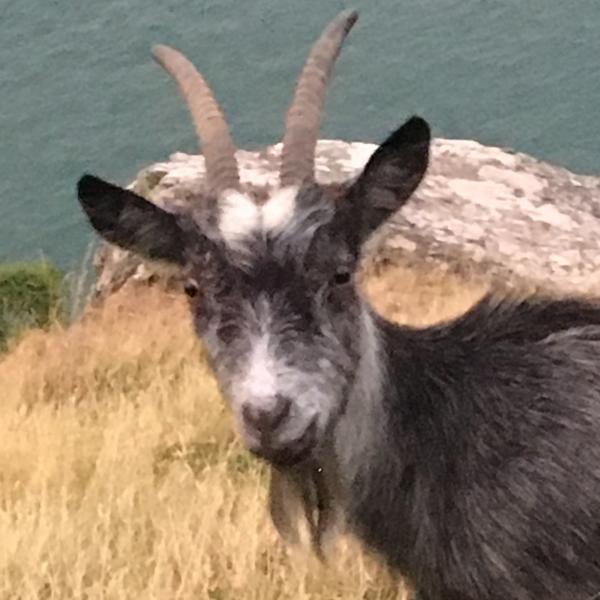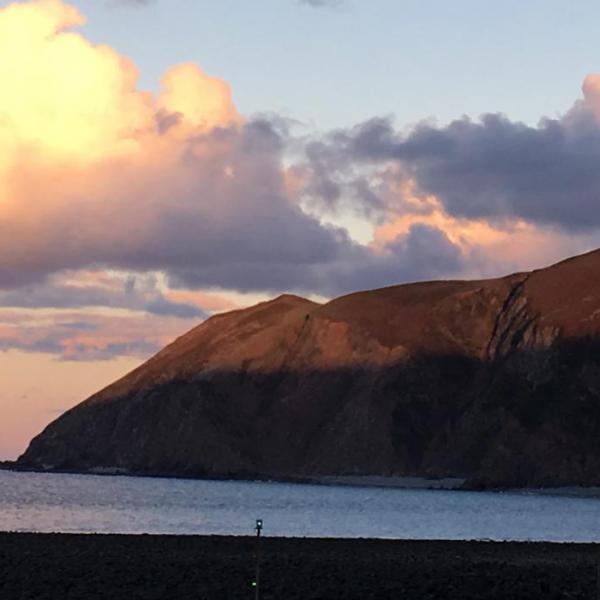About Lynton & Lynmouth
Known as “Little Switzerland” since Victorian times Lynton & Lynmouth offer offer incredible opportunities for holiday experiences for everyone. Located on the North Devon coast which is noted for its stunning scenery and spectacular high cliffs and within the breath-taking beauty of Exmoor National Park. There’s so much to do close by from visiting beautiful historic houses and gardens or enjoying the natural beauty on one of the many walks – there’s plenty of choice! Serious walkers can choose from the South West Coast Path, the Tarka Trail, the Two Moors Way which runs from Ivybridge in South Devon to Lynmouth, the Samaritans Way South West going from Bristol to Lynton, and the Coleridge Way from Nether Stowey to Lynmouth. There are also lovely walks more locally, amongst the most popular are up the river gorge to Watersmeet, along the coast path to the Valley of Rocks or round Hollerday Hill with terrific views overlooking Lynton.


Local wildlife includes red Deer and the Exmoor ponies who roam freely across the moor. There’s also a herd of wild goats in Valley of the Rocks. Local opinions are divided about the goats – you’re unlikely to find too many keen gardeners who are fond of them! The name Little Switzerland apparently came about when the poet Robert Southey travelled from Porlock towards Lynton & Lynmouth in 1799 and said that there was something distinctly Alpine about its appearance. The name stuck, probably due to a bit of skilful Victorian marketing.
Lynton is perched on top of the cliff and has an
extremely distinctive Town Hall which was given to the people of Lynton in 1900
by Sir George Newnes, who also financed the Lynton and Lynmouth Cliff Railway. There’s
also a visitor centre in the Town Hall. The
Lyn and Exmoor Museum has nautical exhibits and natural history collections
(and its own ghost!) in what was St Vincent’s Cottage, the towns oldest
surviving domestic dwelling. There’s a
great little cinema which has to be seen to be believed.

Lynmouth The West and East
Lyn Rivers go through deep wooded valleys over a series of small waterfalls and
meet at Lynmouth and flow across a rocky shore to the open sea. There’s a
small, picturesque harbour flanked by the famous Rhenish Tower. Historically there was a fishing trade and
also this was the transport hub for the community. Sadly the one event that comes first to mind
when many people think of Lynmouth is the devastating flood of 1952. On 15 and 16 August of that year, a huge and
intense storm broke over South West England, colliding with a cold
front and led to 229 millimetres (9 inches) of rain in 24 hours on an already
waterlogged Exmoor. Floodwaters full of
debris took the lives of 34 people and a further 420 were made homeless. Over 100 buildings were damaged or destroyed,
28 bridges were destroyed and 38 cars washed out to sea.
Similar events occurred
in Lynmouth in 1607 and 1796. After the 1952 disaster, the village was rebuilt,
including diverting the river around the village.
The small group of
houses on the bank of the East Lyn River called Middleham, between Lynmouth and
Watersmeet, was destroyed and never rebuilt. Today, a memorial garden stands on
the site. On the front by the harbour is
a memorial hall dedicated to the disaster which contains photos, newspaper
reports and a scale model of the village as it was before the flood. There’s also more information in St. John the
Baptist Parish Church.
The villages are linked by the famous Grade II listed funicular Cliff Railway which opened in 1890. It’s the only totally water powered railway in the UK, and the tallest and steepest in the world. It’s a great ride and the views are sensational providing you’re not scared of heights! Many of the beaches on the North coast are famous for surfing, but Lynmouth is not an area for novices. For experienced surfers who have a little patience there’s the infamous left-hand point break. Wave conditions are only right for a limited period of the year, you also have to contend with boulders and rocks but for expert surfers it’s well worth the trip. Many artists, poets and writers have been inspired by the area. Thomas Gainsborough had his honeymoon in Lynmouth and described it as “the most delightful place for a landscape painter this country can boast.” Percy Bysshe Shelley also spent 3 months in the village in 1812 working on political pamphlets and on the poem “Queen Mab”.
Like many other coastal communities, a wreck nearby prompted the people of Lynmouth to establish a lifeboat station. Initially the boat was kept on the beach until a proper boat house was built by the harbour. This was rebuilt a couple of times over the years and the station remained until 1944 when it was finally closed as other local lifeboat stations could provide better cover with their motor boats. The last boathouse was used as a club when it ceased active operation but the building was washed away by the 1952 flood. The most famous rescue occurred in January 1899 when a ship with 18 on board was in peril just off Porlock Weir in atrocious weather conditions and likely to be destroyed without help. The severe gale meant it was impossible to launch the lifeboat from Lynmouth so the coxswain, Jack Crocombe, organised for the lifeboat “Louisa” to be taken by “road” to the far more sheltered harbour in Porlock. Anyone who has driven the 13 miles of modern road to Porlock knows there are 1:4 hills at both ends and a lot of very exposed moorland between. In 1899 the journey was over approx. 15 miles of moorland paths. The boat and carriage weighed approximately 10 tons and the efforts of 20 horses and 100 men were required to get the lifeboat over to the safer harbour. From a decision taken at 7.52pm, they arrived 6.30am having had to widen the road in places, demolish a wall, fell a tree and reach a height of 1,423 above sea level. Although the crew were exhausted, hungry, wet and cold, they then rowed the heavy boat for an hour through heavy seas to rescue the crew of The Forrest Hall with no human casualties, although four of the horses used in the rescue bid died of exhaustion.

